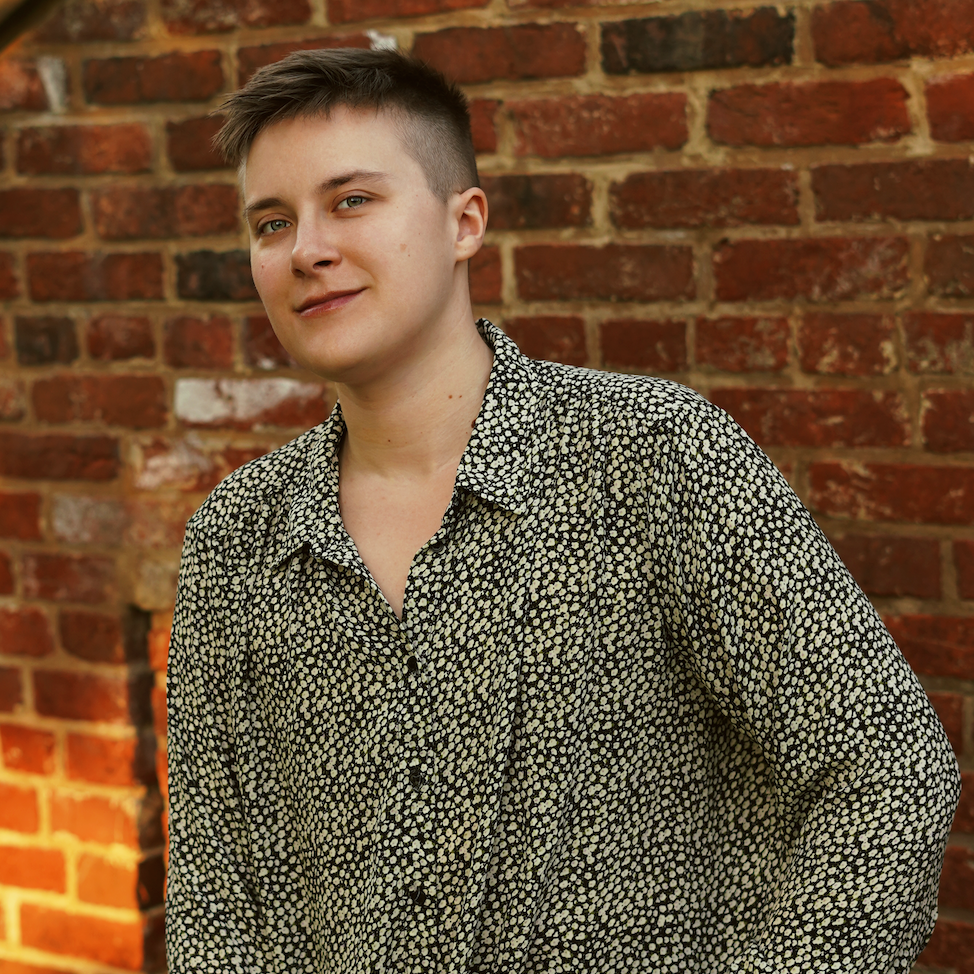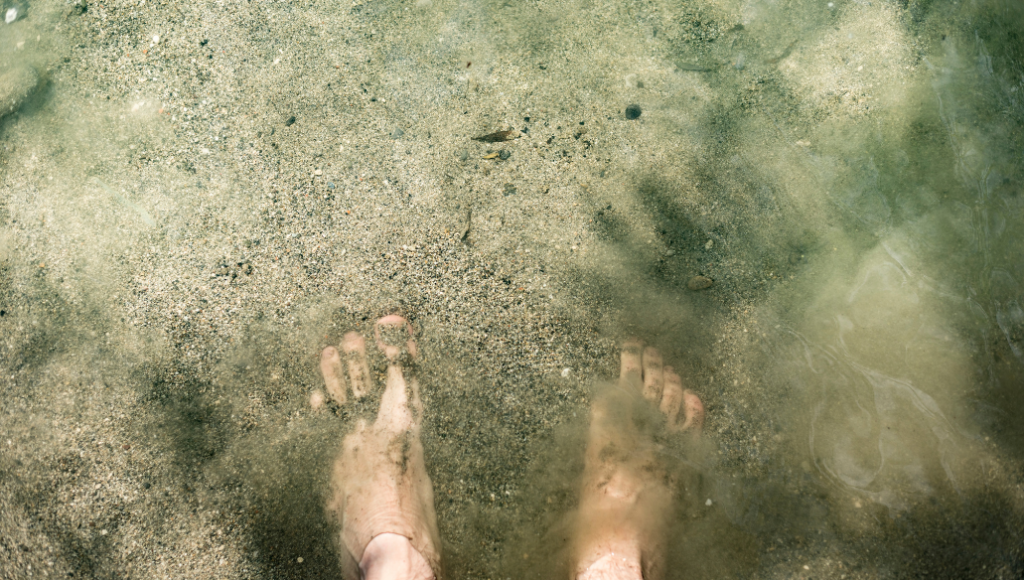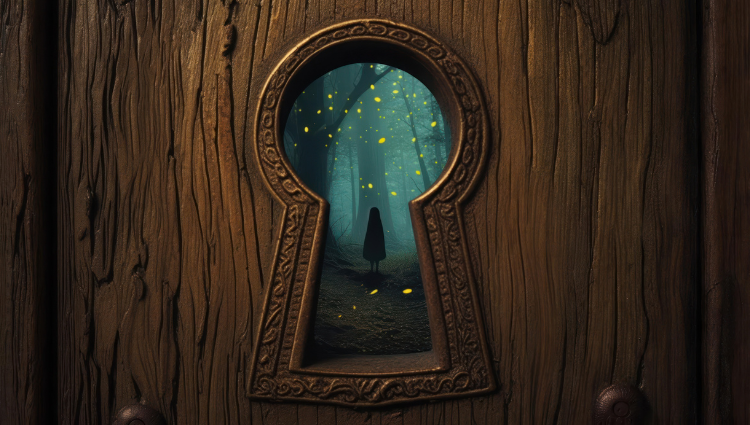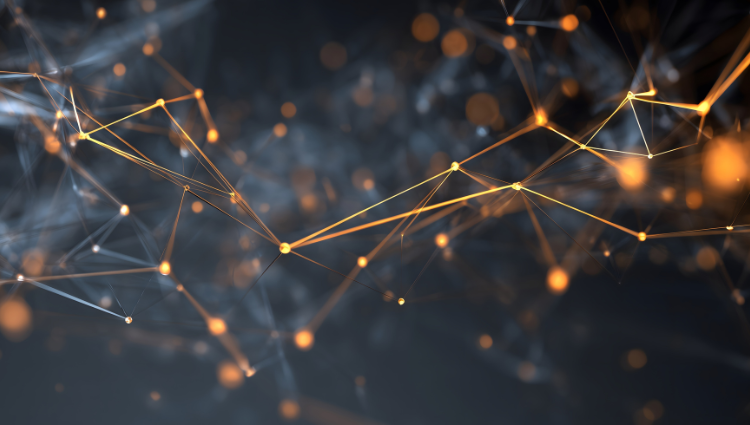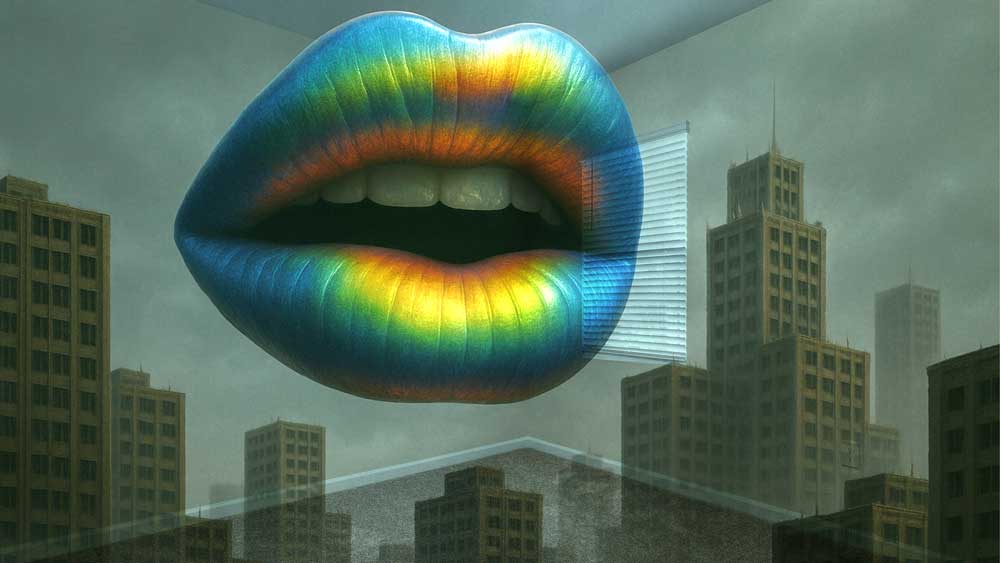Editorial Note: Stevie Billow was a finalist for our Editors-in-Chief position for our 2025 Community Anthologies. We invited our finalists to write a short piece on the topic of their proposed anthology. Below, get insight into “On Trans Healing,” the anthology topic that Stevie had proposed for their Community Anthology.
It’s a convenient truth that I’ve had a consistent relationship with gender from a very young age. This is the kind of “born this way” narrative that well-meaning cis people want to hear — I was equally interested in “boy toys” and “girl toys,” I played with classmates of all genders on the playground, I preferred pants over skirts. I remember being five years old and imagining my future self as an adult without breasts, with a vulva, wearing dresses or suits depending on the daydream. I found myself beyond binary gender well over a decade before I found the words to encapsulate and, consequently, abbreviate this most fundamental aspect of myself.
An inconvenient truth, however, is that from my earliest days on this earth, I was routinely exposed to what many consider “gendered” domestic violence. This is exactly what not-so-well-meaning cis people want to hear — that my mother and I were abused by my cis father and his cis brothers, that my schematic concepts of “man” and “woman” were informed by a binary of perpetrator and victim. But these traumatic experiences are just some of the multitudinous strands that are woven into the tapestry of my history. The strands of childhood gender discovery and nonconformity run alongside and, yes, sometimes intertwine with this trauma.
I cannot count how many times I’ve been force-fed the narrative that transness is a symptom of trauma, that it is a mental illness or an affliction that one suffers. I have withheld so much about myself from others because I’ve feared undermining the legitimacy of my own and others’ transness. I tried desperately to attach myself to gender, hoping to find a spot for myself in the shifting canon of “womanhood” or, at least, within the equally malleable concept of “manhood.” I was eager to assimilate, but I could barely keep my head above water. The current of cis binary gender was so overwhelmingly fast that I could never position myself well enough within it to float. It would take me years to stop struggling and accept that I shouldn’t have to fight myself on behalf of cis people.
I can never “prove” whether my transness and my traumatic childhood experiences are correlated. I am a human being who cannot reverse time and, even if I could, there would be no way for me to isolate “abuse” as a singular, unified variable in my life — all experiences, all input, all processing is too multifaceted for that. I am a person, not a science experiment or a mathematical algorithm. I could spend a lifetime mulling over the why I find myself so distanced from binary gender, but I am frankly tired of our cis binary society’s obsession with this. The only time anyone hunts for the why trans and/or nonbinary people exist, it seems to me they are only looking to justify our existence to cis people or to determine a cure to what they see as an ailment. Cisness is a far more pervasive condition, yet I see relatively little energy, time, and money dedicated to understanding why this is. I feel no need to prove my transness to you, just as I’ve never needed to prove it to myself. What I will say is this — transphobia has caused me suffering, and traumatic childhood experiences have caused me suffering, but my transness has only ever been a source of profound peace and joy.
I proposed “On Trans Healing” as my topic for a 2025 Seventh Wave Community Anthology because I believe transness offers unique avenues for self-care, community-making, and healing. Embracing being nonbinary has given me the clarity to see that my body is my own and no feature of my body is an indicator of gender, to deconstruct “masculinity” and “femininity” so that I am not limited by cis binary societal norms, nor damned to repeat my abusers’ actions. I have learned that so long as I use language and frameworks created by/that center cis people, I will always fall short of expressing what transness means to me. It is my utmost hope that, as trans writers, we can forge new vocabularies of experience, and that we can share our stories with unabated honesty, without fear of conforming to cis binary definitions of who we are. Whether or not it comes in the form of an anthology I edit, I will support this work with all I have.
And so, reader, I offer you this final truth. Not convenient nor inconvenient, not written for cis people or even, really, for trans people either. It is a testament for and of myself:
I wore a white T-shirt the first time I went swimming after top surgery, hiding my scars from other beachgoers. I headed for the water right away, submerging myself, and the fabric rippled around my torso like a phantom. Pinprick stings paraded across my chest, announcing reconnecting nerves. It was much harder treading water, I realized, without the benefit of built-in buoys. After a while, I tried to float on my back, but my body rotated in the waves. My butt, now the fattest part of me, fought to breach the surface. I laughed, tasting salt. Do you know the joy of laughing with your body? I stripped off the shirt, balled it in my fist, and swam, feeling the ocean against my chest. I couldn’t stop smiling. There was no one around that I had to explain my emotions to, no one questioning me why having a flat chest felt so right to me independent of gender. This was the most personal form of self-care, I realized. This was self-love, a type of self-affirmation that could only be known through the unique architecture of my personhood.
How I wish that for you, reader, whoever you are. How I hope you get to experience healing so deep that words always fail you. Oh, how I hope you write about it anyway.
